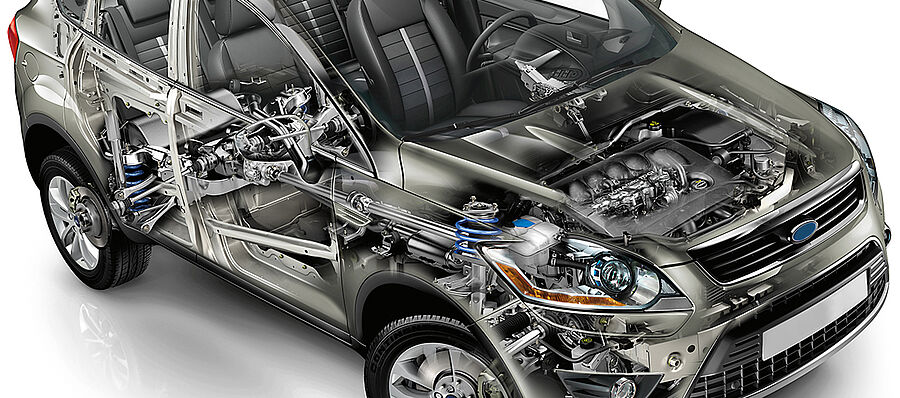Efficient prioritization of emergency vehicles in automated road traffic (EVE).
In a cooperative and intelligent transport system (C-ITS), the different participants should be treated individually. Some road users should be prioritized, albeit to varying degrees. This is especially true for emergency vehicles or public transport. In this context, it is important to prevent misuse, that an adversary gains access to these preferred user groups.
In the EVE project, a structured consideration of C-ITS was carried out from the point of view of giving priority to emergency vehicles or public transport. For this purpose, it was mandatory to define Service Specific Permissions for special user groups. Requirements were derived and implemented through the development of use cases and lifecycles, taking into account of the legal framework and cyber security. Different levels of priorization based on these use cases were considered accordingly to the overall C-ITS infrastructure system.
C-ITS enable a variety of new applications to use traffic networks more efficiently and safely. Automated communication with traffic signal systems and other networked road users can, e.g., give priority to blue-light organizations in order to reach the scene of an emergency more quickly. The KIRAS research project EVE analyzed these possibilities, limits and, above all, safety aspects of this C-ITS application.
VIDEOS
Szenario 1: Emergency Vehicle Approaching
The emergency vehicle approaches the pedestrian in urban traffic who is at the red light. The display "Emergency Vehicle Approaching" appears on a tablet of the car driver. The road user moves to the side and allows the emergency vehicle to pass. By emitting the virtual blue light, the pedestrian lights are also set to red.
Szenario 2: Green time/stay extension
The emergency vehicle receives a green time extension at the traffic lights, the changed traffic light phase is communicated to the bus by the traffic lights or the emergency vehicle (currently this is realised by extending the red phase for the bus). After the emergency vehicle has passed, the green phase for the bus is initiated.
Szenario 3: Emergency lane
In an interurban setting, the emergency vehicle sends a virtual blue light. The trailer receives this and sends and displays "Attention emergency vehicle" and "Form emergency lane". The other vehicles (road users and bus) form an emergency lane by driving to the right-hand side of the road, the emergency vehicle drives past.
Downloads
Um Sicherheitsziele für C-ITS-Komponenten wie Lichtsignalanlagen oder Überkopfanzeigen zu definieren, wurde ein Schutzprofil nach Common Criteria erarbeitet. Dieses basiert auf dem bereits existierenden Schutzprofil für Warnanhänger, welches in EVE angepasst und generalisiert wurde. Dieses Schutzprofil liefert einen wichtigen Beitrag zum aktuellen C-ITS-Rollout.
Das EVE-Schutzprofil ist in einer Version zum Download verfügbar, die nur die Änderungen gegenüber dem Warnanhänger-Schutzprofil enthält:
Fakten
Forschungsprogramm: KIRAS
Projektlaufzeit: 10/2018 - 03/2021
Koordination: AIT
Budget: 687 k€
Förderung: 515 k€
Partner: Bundesministerium für Inneres (BMI), Bundesministerium für Landesverteidigung (BMLV), Autobahnen- und Schnellstraßen-Finanzierungs- Aktiengesellschaft (ASFINAG) vertreten durch ASFINAG Maut Service GmbH (ASFINAG), Swarco Futurit Verkehrssignalsysteme GesmbH (SWF), Andata Entwicklungstechnologie GmbH (AND), WIENER LINIEN GmbH & Co KG (WL), Universität Wien, Arbeitsgruppe Rechtsinformatik (UNIVIE), Donau-Universität Krems, Zentrum für Infrastrukturelle Sicherheit (DUK)




